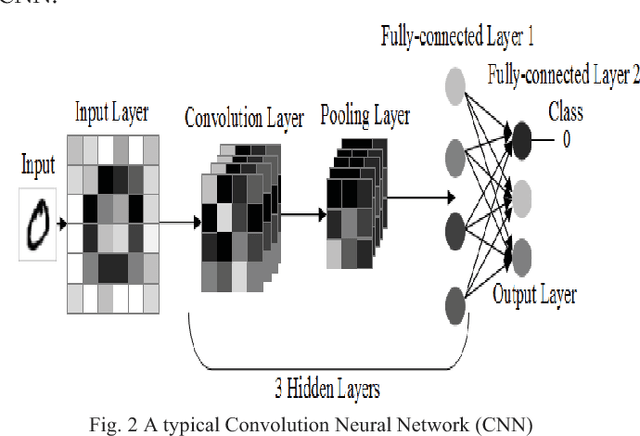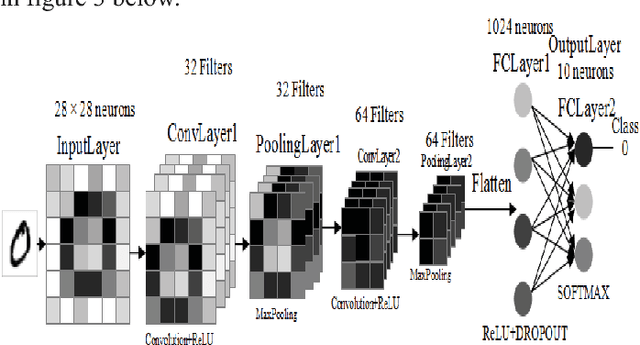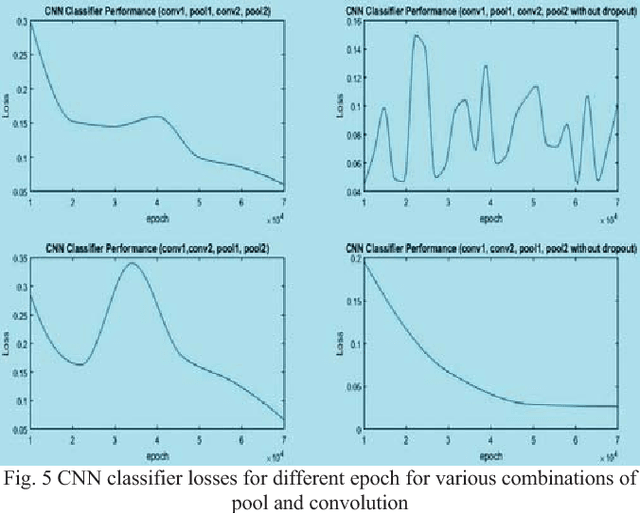Study and Observation of the Variations of Accuracies for Handwritten Digits Recognition with Various Hidden Layers and Epochs using Convolutional Neural Network
Paper and Code
Sep 22, 2018



Nowadays, deep learning can be employed to a wide ranges of fields including medicine, engineering, etc. In deep learning, Convolutional Neural Network (CNN) is extensively used in the pattern and sequence recognition, video analysis, natural language processing, spam detection, topic categorization, regression analysis, speech recognition, image classification, object detection, segmentation, face recognition, robotics, and control. The benefits associated with its near human level accuracies in large applications lead to the growing acceptance of CNN in recent years. The primary contribution of this paper is to analyze the impact of the pattern of the hidden layers of a CNN over the overall performance of the network. To demonstrate this influence, we applied neural network with different layers on the Modified National Institute of Standards and Technology (MNIST) dataset. Also, is to observe the variations of accuracies of the network for various numbers of hidden layers and epochs and to make comparison and contrast among them. The system is trained utilizing stochastic gradient and backpropagation algorithm and tested with feedforward algorithm.
 Add to Chrome
Add to Chrome Add to Firefox
Add to Firefox Add to Edge
Add to Edge